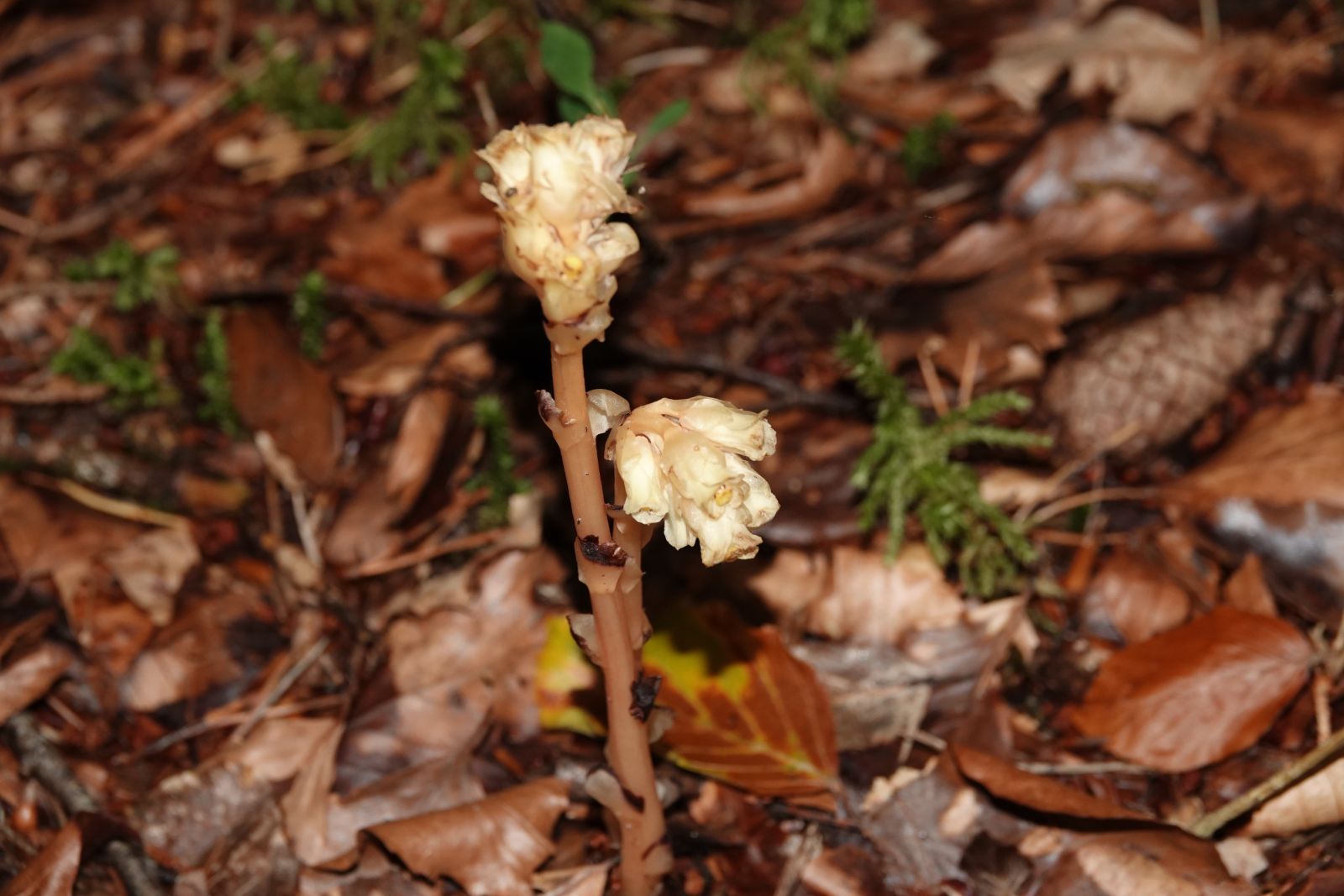News
Killarney National Park Conservation Rangers Make Rare Discovery of Yellow Bird’s-nest, an Elusive Flora Last Seen in 1896!
Date Released: Tuesday, September 3, 2024
Exciting news has emerged from the heart of Killarney National Park as National Parks and Wildlife Service Conservation Rangers recently discovered the elusive Yellow bird’s-nest (Hypopitys monotropa). This captivating plant has not graced the park's landscapes since its last recorded sighting in 1896 by botanist Reginald William Scully – a specialist in rare plants. The remarkable find is not only a testament to the rich biodiversity of Killarney National Park but also highlights the ongoing importance of surveying and conservation efforts in protecting our natural heritage.
While conducting routine surveys at Killarney National Park, a team of dedicated rangers stumbled upon a single specimen of this rare plant, which is renowned for its unique appearance and important ecological role. Yellow bird’s-nest is a mycoheterotroph, a plant which derives nutrients from symbiotic fungi in the soil rather than through photosynthesis, as it lacks chlorophyll. This unique adaptation allows it to thrive in shady, nutrient-poor environments where it might otherwise struggle to survive. The term "Yellow Bird's-nest" likely comes from its pale yellow colour and its resemblance to the nests of birds, though other factors may also play a role in its common name.
This rare plant exemplifies the importance of fungal networks in supporting biodiversity and maintaining the health of our natural environments. Conservation measures, such as prohibiting mushroom foraging in Killarney National Park protect not only the complex relationships that support rare species like Yellow Bird's-nest, but also the entire habitat. They also demonstrate that it is possible to appreciate the beauty of our National Parks while safeguarding their ecological integrity.

